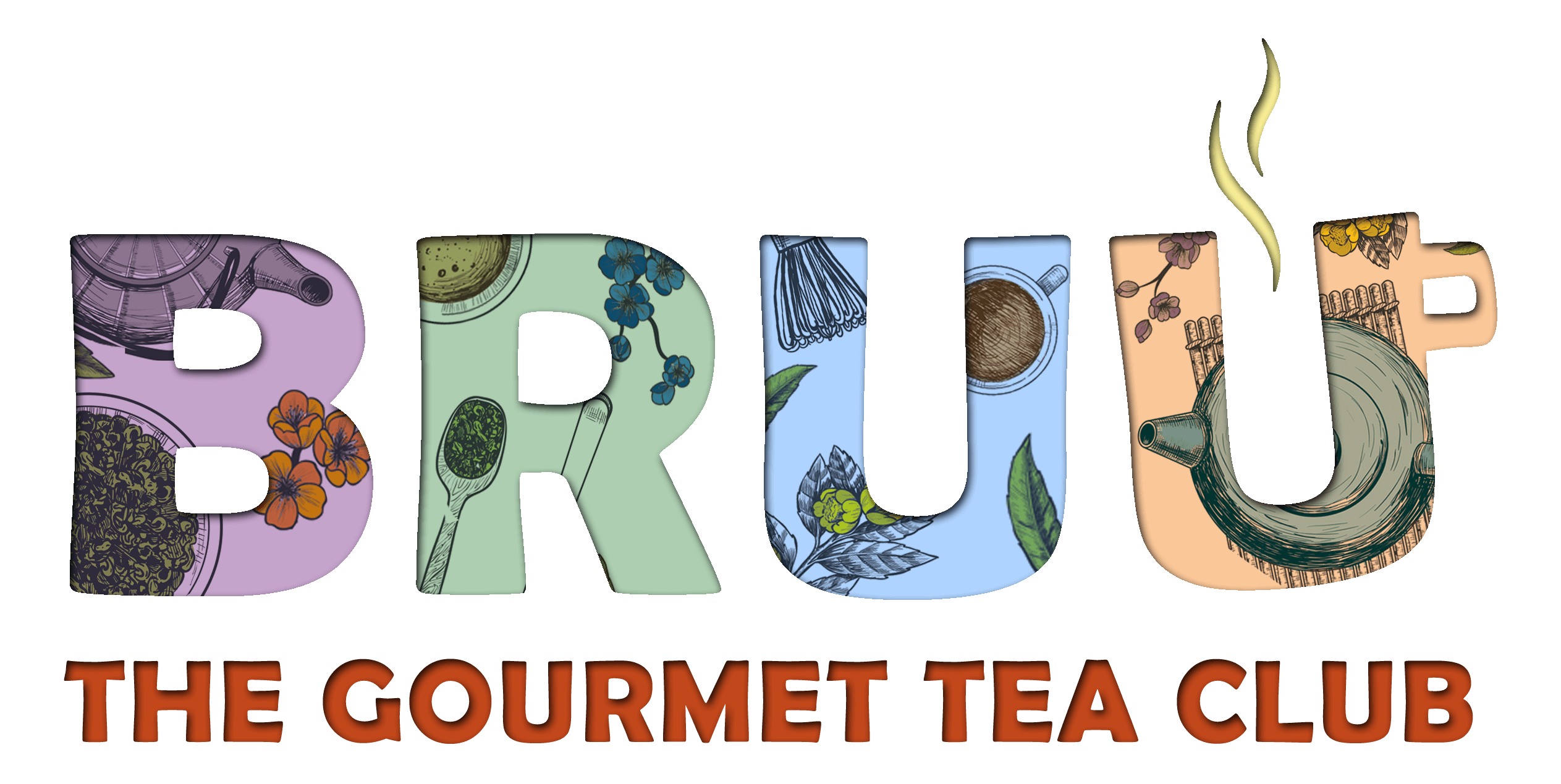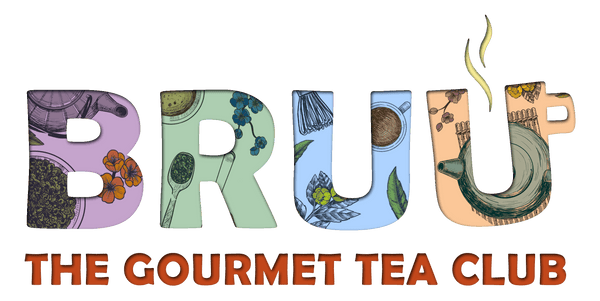Dien Bien Phu Plantation - Vietnam


This months tea comes from the Mường Thanh Valley and is on the western edge of Điện Biên Province. A heart-shaped basin, the valley is surrounded by a region filled with jungles, rice paddies, and lakes producing a wonderful FOP green tea.
Tea has been an essential part of daily life for Vietnamese families for thousands of years, a refreshing beverage believed not only to calm and centre the mind, but to help ward off several common illnesses. Tea drinking is an informal affair in Vietnam, without complex rituals but does form a central role in society, being served in business meetings, during meals, and between friends. Seen as a contemplative activity, it usually accompanies pastimes like poetry, music, gardening, and reading.
Although tea has been enjoyed in Vietnam for thousands of years, it has only been produced within the country since the 1880s, when French colonists established the first Vietnamese tea plantations in the area around Pho Tho, northwest of Hanoi. Today Vietnam is the seventh-largest global producer of tea, with much of the crop grown by independent smallholders who are contracted to sell a percentage of their tea leaves to state-owned farms or large processing plants. The rest they are free to process themselves as distinct artisanal varieties or to sell on the open market.
This FOP, Flowery Orange Pekoe green tea is made from the end bud and first leaf of each shoot. The tea contains fine, tender, and young leaves and is often referred to as a tips tea. The farming process is more time-consuming but the result is wonderful green tea from a relatively unknown part of the world.
Tea has been an essential part of daily life for Vietnamese families for thousands of years, a refreshing beverage believed not only to calm and centre the mind, but to help ward off several common illnesses. Tea drinking is an informal affair in Vietnam, without complex rituals but does form a central role in society, being served in business meetings, during meals, and between friends. Seen as a contemplative activity, it usually accompanies pastimes like poetry, music, gardening, and reading.
Although tea has been enjoyed in Vietnam for thousands of years, it has only been produced within the country since the 1880s, when French colonists established the first Vietnamese tea plantations in the area around Pho Tho, northwest of Hanoi. Today Vietnam is the seventh-largest global producer of tea, with much of the crop grown by independent smallholders who are contracted to sell a percentage of their tea leaves to state-owned farms or large processing plants. The rest they are free to process themselves as distinct artisanal varieties or to sell on the open market.
This FOP, Flowery Orange Pekoe green tea is made from the end bud and first leaf of each shoot. The tea contains fine, tender, and young leaves and is often referred to as a tips tea. The farming process is more time-consuming but the result is wonderful green tea from a relatively unknown part of the world.
Location: Mường Thanh Valley
Country: Vietnam
Capital City: Hanoi
Coordinates: 21°23′N 103°1′E
Elevation: 483m above sea level
Soil type: Rich Clay
Manufacture: Smallholder
Season: Spring
Av temp: 22.0 °C
Fun facts:
> Sitting at 3143 metres, Fansipan is Vietnam’s tallest mountain.
> Vietnamese tea can make 3-4 servings using the same leaves.
> Vietnam has 3,444km of coastline.
> Traditionally, Vietnamese tea drinking is considered a hobby.
> You can order a colour changing tea made from a flower.
DIEN BIEN PHU TEA IS AVAILABLE IN OUR TEASHOP >>




